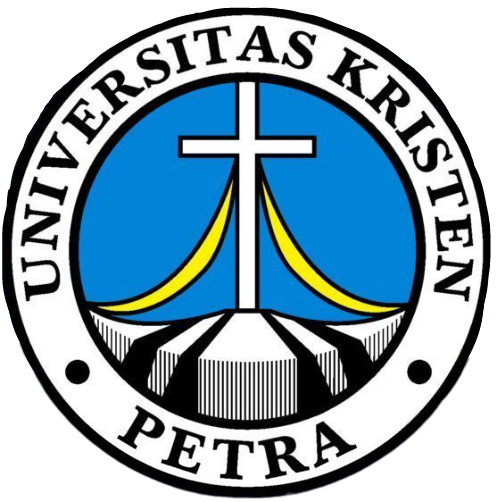Ateneo de Manila One-Way Traffic Scheme
In a memo released on January 13, university president Fr. Jose Villarin, SJ has announced the formation of the Ateneo Traffic Group (ATG), in response to the anticipation of escalated traffic problems as Katipunan Avenue becomes a conduit for the South and North Luzon motorways.
Theoretical Foundation for Analyzing Graph-based Trajectories of Agents
Traffic assignment deals with route selection and prediction between origin and destination pairs in a transportation network. Given the adjacency matrix of the graph representing the network, the traffic assignment methods require an Origin-Destination (OD) matrix as input.
Advanced Traffic & Pollution Monitoring and Analysis System Based on GPS Trajectory Data, Air Quality Data and Engine Status Data collected from Taxis in Metro Manila
Through this project, we propose a leap frog program that begins with baseline OD data development and quickly, in the span of a few years, transition to a modern traffic understanding system by building an Advanced Traffic Monitoring and Analysis System for Metro Manila based on GPS trajectory tracking on public utility vehicles and government vehicles.
Collection and Classification of Gait Patterns through Wireless Sensor and Video Data
For unilateral transtibial amputees, numerous factors affect long term prosthesis use including factors related to utility or the patient himself. Utility factors such as ill-fitting socket, incorrect alignment of prosthetic parts, appearance, weight, sounds as well as access to maintenance and repair affect long term prosthesis use.
Pedestrian Traffic Simulation Inside Araneta Center-Cubao MRT Station
This study aims to simulate the pedestrian activity inside the station and look for ways to lessen the waiting time of people inside the station, thus reducing the volume of traffic inside the station.
Geometric Analysis of Road Segment: Enclosure of inflow and outflow sidelanes
There are a numbers of lanes in a given highway that has a section enclosed by a side lane from one side and an alternative outflow on the other. This section is influenced by the distance or length of the side lane along with its width and the inflow of cars.
Towards Decongesting Train Systems through Simulation
What makes the New York Subway system different from the LRT system? Is it possible to adapt our system to make it function like it? Is it even possible or are there just too many people using the Philippine train system? Is there no way to stem the millions of Pesos lost to traffic?
Simulation on Gonzaga Cafeteria
This research will discuss how the retail space and other factors affect income of a certain establishment, restaurant, or the land itself. Some considerations, which will not be focused on in this paper, may include psychological analysis such as heuristics and decision making into making the right choice if one were to invest time, place, effort, or even money into that certain retail space.
Effect of Traffic Information Propagation on EDSA Congestion
Traffic in Metro Manila costs an estimated 2.4 billion Pesos every day. With Epifanio de los Santos Avenue, or EDSA, being one of the main thoroughfares, a reduction of traffic would benefit the whole National Capital Region.
A Study on Effective Ways to Resolve Human Traffic in MRT-3 Stations
This paper provides an initial study of ways to improve the human traffic in the 13 train stations of the MRT-3 system. This traffic has been a big problem of Metro Manila as it causes a lot of stress and monetary loss to working and studying commuters alike.
Ateneo Traffic Simulation
Every day, an average of around 5,000 cars enter the Ateneo campus between 6 and 8 AM. This is considered to be the busiest time of the day and the time when traffic is at its worst. Thus, a model was created that simulates the traffic flow during this time period, hoping to find the best traffic scheme to be implemented on campus.
LRT Line 2 Simulations
The LRT has been one of the modes of transportation for many passengers, mostly students, aside from road-based public transport such as jeepneys and buses. Although the system aims to reduce traffic congestion in the city as well as the travel times of its passengers, the transportation system has only been partially successful due to the rising number of motor vehicles and rapid urbanization.
Best Route for Treehugger Deliveries
The problem is finding a route from the warehouse to all the store locations and back that is optimal; that is, a route that is covered in the least amount of time. The model will take into consideration the different possible routes and output the optimal route the truck should take while considering several factors.

